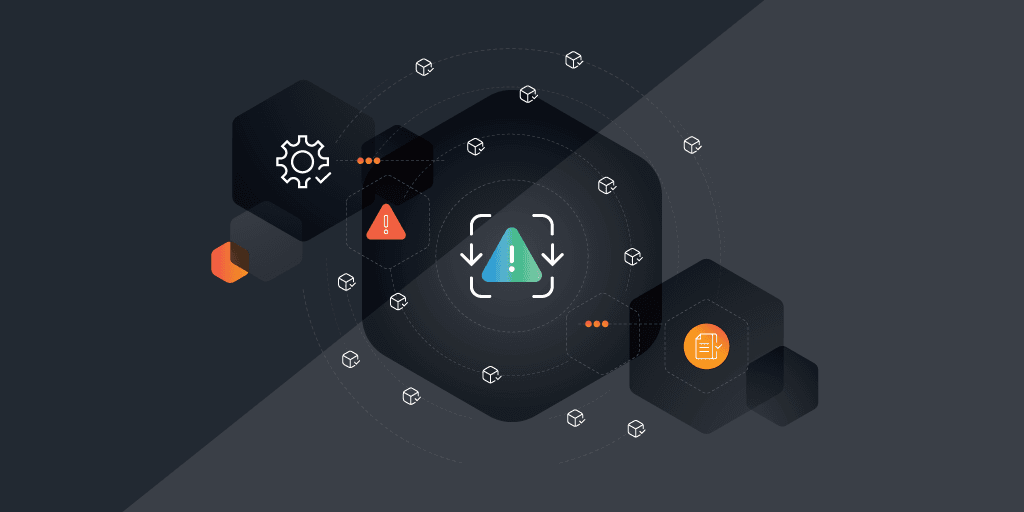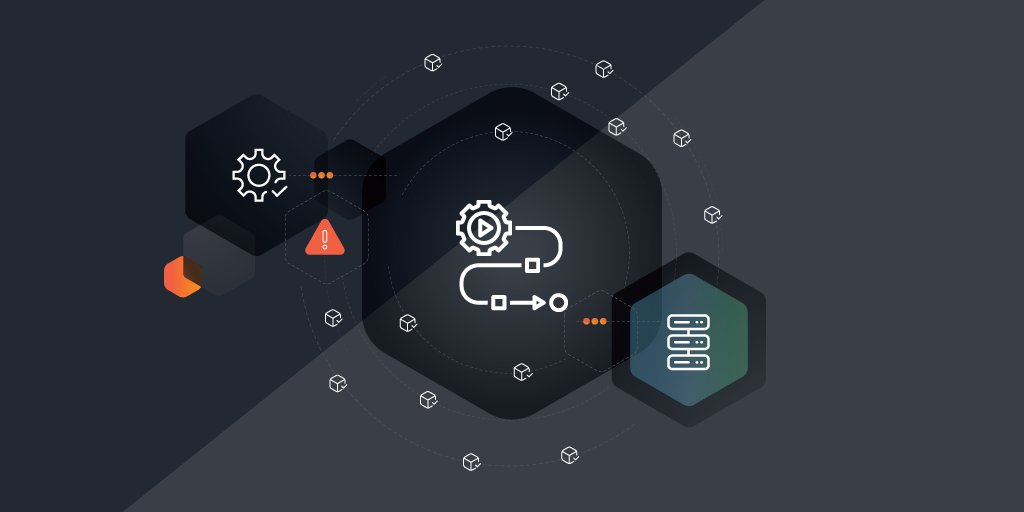
According to a report by Ponemon Institute, 60% of organizations have experienced a data breach that could have been prevented by patching known vulnerabilities. That’s why in this increasingly digital, data-powered world, vulnerability assessments are the foundation of a sound cybersecurity strategy.
What is a vulnerability assessment? It’s a systematic process of identifying, evaluating, and prioritizing security weaknesses in an organization’s IT environment, including networks, systems, and applications. The goal is to discover vulnerabilities that could be exploited by cyber threats and to provide the necessary information for mitigating these risks.
A vulnerability assessment involves scanning the network for known vulnerabilities, such as unpatched software, misconfigurations, and outdated protocols, as well as analyzing potential threats that could impact the organization’s assets.
In this post, we’ll examine why vulnerability assessment is so important, and best practices for integrating the assessment process into your cybersecurity risk management strategy.
Why Are Vulnerability Assessments Important for Organizations?
Vulnerability assessments play a key role in cybersecurity risk reduction by providing organizations with a clear understanding of their security posture and helping prioritize remediation efforts based on the severity of identified risks.
For example, a vulnerability assessment might reveal that a critical business application is running an outdated version of software with a known exploit, allowing the organization to address this high-risk vulnerability before it can be used in an attack.
Vulnerability tracking helps organizations to proactively address security gaps, reduce the likelihood of successful cyberattacks, and improve their overall resilience against threats. This ongoing process helps organizations stay ahead of evolving cyber risks and maintain compliance with industry standards and regulations.
How Can Vulnerability Assessment Help in Mitigating Cybersecurity Risks?
Conducting regular vulnerability assessments is crucial for proactively identifying and addressing security risks before they can be exploited. These assessments provide a comprehensive view of an organization’s security posture by continuously scanning for new vulnerabilities as systems and threats evolve.
According to the National Institute of Standards and Technology (NIST), organizations that regularly conduct vulnerability assessments can significantly reduce their attack surface, and lower the risk of data breaches and cyberattacks.
Additionally, vulnerability tracking helps prioritize remediation efforts by categorizing risks based on severity, impact, and exploitability, allowing organizations to focus on the most critical issues first. This approach is especially important in resource-constrained environments, as it ensures that the most dangerous vulnerabilities are addressed promptly, thereby reducing overall risk.
Regular assessments also support compliance with industry regulations, helping organizations protect sensitive data and avoid fines and reputational damage.
Key Steps Involved in Conducting an Effective Vulnerability Assessment
Conducting an effective vulnerability assessment involves several key steps that help organizations identify, assess, and mitigate security risks. Here’s an overview:
- Identifying Potential Vulnerabilities: The first step in a vulnerability assessment is to inventory all assets, including hardware, software, and network components, to identify potential vulnerabilities. This involves reviewing known security issues such as outdated software, misconfigurations, and exposed services that could be exploited by attackers, setting the stage for a more focused assessment.
- Scanning and Assessing Network and System Vulnerabilities: Next, use automated tools such as Lansweeper to scan networks, systems, and applications for known vulnerabilities, such as unpatched software or weak passwords. These tools provide detailed reports that help assess the nature and severity of identified vulnerabilities and their potential impact on security.
- Prioritizing Vulnerabilities for Remediation: After assessing vulnerabilities, prioritize them based on severity, potential impact, and exploitability. Focus on high-priority vulnerabilities that affect critical systems or involve known exploits to mitigate the most significant risks. This approach allows you to allocate resources effectively and address the most dangerous vulnerabilities first, reducing the risk of successful attacks.
By following these steps, you can conduct effective vulnerability assessments that significantly reduce exposure to cyber threats.
Implementing an Effective Vulnerability Management Framework
Implementing a robust vulnerability management framework is crucial for protecting your organization’s IT assets from potential threats. This involves developing a clear framework that outlines processes, roles, and responsibilities for identifying, assessing, and mitigating vulnerabilities.
Establishing a proactive remediation process is key to swiftly addressing identified risks. Prioritizing vulnerabilities based on severity, impact, and exploitability ensures that high-priority threats are addressed first. Remediation actions, such as applying patches or reconfiguring settings, should follow clear timelines and policies to reduce the window of opportunity for attackers.
Regular reviews and updates to your vulnerability management strategy help maintain alignment with evolving threats, and help with cybersecurity risk reduction.
Integrating Vulnerability Assessment into IT Risk Management
Vulnerability assessments help identify specific weaknesses in systems, applications, and networks that could be exploited by attackers, which are then analyzed in the context of the organization’s broader risk landscape. This linkage allows security teams to evaluate the potential impact of each vulnerability on critical assets and operations, providing a more holistic view of the risks the organization faces.
With vulnerability assessment data on-hand, your team can:
- Prioritize vulnerabilities based on severity, exploitability, and criticality of affected assets.
- Use assessment data to focus on remediating the most critical vulnerabilities first.
- Integrate this data into risk prioritization to allocate resources effectively and address the most significant threats, reducing overall risk.
- Incorporate assessment results into incident response strategies to prepare for potential exploitation.
- Ensure response teams are aware of critical vulnerabilities and have predefined action plans.
- Streamline response processes, reduce response times, and minimize the impact of security incidents, enhancing resilience against cyber threats.
Best Practices for Identifying and Prioritizing Vulnerabilities
Here are seven best practices for identifying and prioritizing vulnerabilities:
- Keep Software and Systems Up-to-Date: Regularly updating software and systems is one of the simplest yet most effective ways to minimize vulnerabilities. This involves applying the latest software updates, security patches, and firmware upgrades as soon as they are available. Outdated software can contain known vulnerabilities that are easily exploitable by attackers, so maintaining up-to-date systems helps close these gaps and reduce the attack surface.
- Regularly Patch Known Vulnerabilities: Regular patch management is crucial in addressing known vulnerabilities that have been identified by vendors or security researchers. Organizations should establish a patch management schedule and process that prioritizes critical patches for high-risk vulnerabilities, especially those with known exploits in the wild. Automated tools can help streamline this process by identifying and deploying patches systematically across the environment.
- Monitor and Audit System Configurations: Regular monitoring and auditing of system configurations ensure that all systems adhere to security best practices and policies. Misconfigurations, such as open ports, default passwords, or improper access controls, can introduce vulnerabilities. Regular audits help identify these issues, allowing organizations to remediate them promptly.
- Perform Regular Vulnerability Scans: Regularly conducting vulnerability scans helps detect vulnerabilities across networks, systems, and applications. Integrating these scans into a continuous monitoring strategy can provide real-time insights and ensure that vulnerabilities are promptly addressed.
- Implement a Risk-Based Approach: Not all vulnerabilities present the same level of risk, so it’s important to prioritize them based on factors like the severity of the vulnerability, the criticality of the affected asset, and the potential impact on the organization. A risk-based approach allows organizations to focus on remediating the most critical vulnerabilities first, optimizing the use of resources and minimizing potential damage.
- Leverage Threat Intelligence: Using threat intelligence can help organizations understand the current threat landscape and identify which vulnerabilities are most likely to be exploited. This information can be used to prioritize remediation efforts and focus on vulnerabilities that pose the greatest risk. Threat intelligence can be integrated with vulnerability management tools to enhance decision-making.
- Conduct Penetration Testing: Regular penetration testing goes beyond automated scans to actively exploiting vulnerabilities in a controlled environment. This practice helps identify weaknesses that might not be visible through scans alone and tests the effectiveness of existing security measures. Penetration testing provides insights into how an attacker might exploit vulnerabilities and the potential impact on the organization.
Choosing the Right Vulnerability Assessment Solution
When selecting a vulnerability assessment tool, consider factors like comprehensive coverage of your IT environment (networks, systems, applications, and cloud services) and compatibility with different operating systems and asset types. The tool should be easy to use with a user-friendly interface and clear reporting capabilities.
Key features to look for include automated scanning, real-time monitoring, and detailed reporting that helps prioritize vulnerabilities based on risk. The tool should integrate seamlessly with existing cybersecurity infrastructure, such as SIEM systems, firewalls, and patch management solutions, to streamline workflows.
Look for options that offer customizable dashboards, threat intelligence integration, and support for compliance reporting. Tools that provide both automated and manual testing, like penetration testing, further enhance the assessment of your security measures against real-world threats. Be sure to evaluate the tool’s cost, scalability, and the quality of customer support, as well.
Mitigate Risk with Lansweeper
Lansweeper helps organizations with vulnerability assessment and management by providing comprehensive visibility into their entire IT environment. It automatically discovers and inventories all hardware, software, and network assets, enabling security teams to identify vulnerabilities such as outdated software, unpatched systems, and misconfigurations.
By integrating with various security tools and offering detailed reporting and analysis, Lansweeper streamlines the process of prioritizing and remediating vulnerabilities based on risk levels, ensuring a proactive approach to cybersecurity.
Ready to enhance your cybersecurity risk and mitigation strategies? Try Lansweeper for free.


